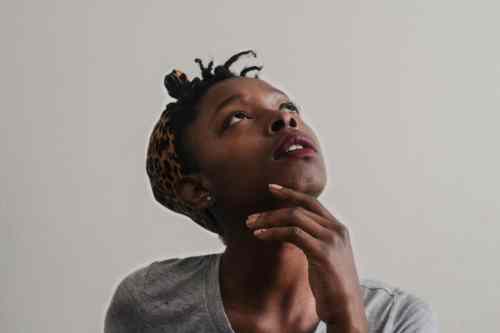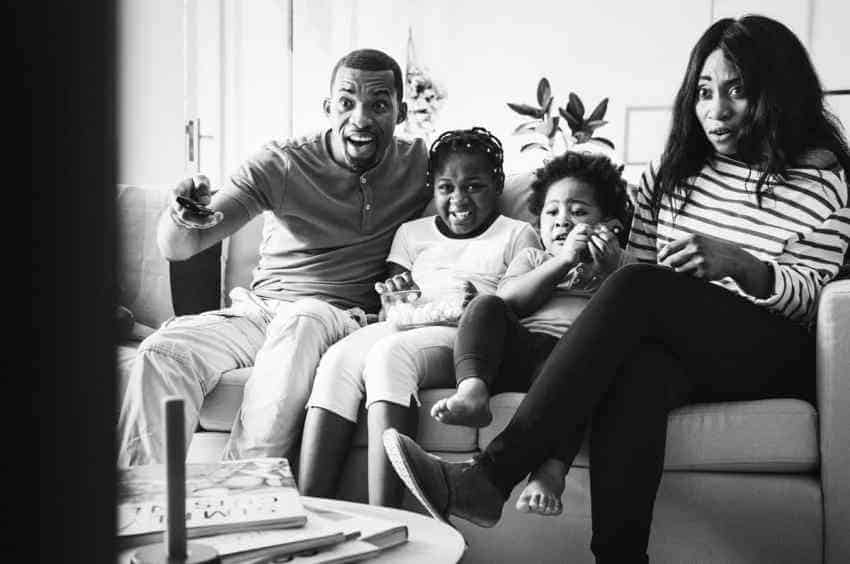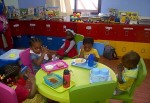Determining the difference between healthy and harmful sexual behaviour is a critical part of raising children in an over sexualized world. There is a natural curiosity about sex and gender that most children will exhibit. However, the challenge is when parents do now know or recognize the difference between healthy and harmful sexual behaviour in their children.
Healthy sexual behaviour in children includes asking questions about sex, boys and girls, where do babies come from or even some tougher conversations about sexual orientation.
In the digital age, our children are victims of an over-sexualized world, Children are exposed to content that is overly sexual in nature. This is through music videos, advertisements, social media, video games and other content online such as soft porn.
Talking to your child about sex can be really difficult, but it’s important and can help them understand positive sexual behaviours. In addition, they will know how to reject sexual activities, habits and conversations that make them feel uncomfortable.
Harmful Sexual Behaviour
Harmful sexual behaviour includes using sexually explicit words and phrases. inappropriate touching. using sexual violence or threats. or full penetrative sex with other children or adults.
Negative ideas about sex and gender can invite people to act in sexually harmful ways. Many of these negative ideas about sex are communicated through things like porn, and sometimes in peer groups and families.
Young people are more vulnerable to these negative ideas. During adolescence; from the onset of puberty until about the age of 19, people are more concerned with their image and reputation in the eyes of their peers. Because of this vulnerable stage, they are willing to go further to fit in with what they believe their peers think. Peer influence is so strong at this stage.
Many other things can also contribute to harmful sexual behaviour, including:
- Inappropriate use of social media
- Alcohol or drug use
- Witnessing or being the target of aggression (sexual, physical or psychological) at home, at school, or in the community
- Limited skills at responding to sexual behaviour
- A lack of knowledge about sexual boundaries
- Lots of negative feeling or low self-esteem
- Permissive or Neglectful parents who do not pay attention to changes in their children
Examples of online harmful sexual behaviour include; Sharing sexual images of someone without their consent Share on X
Protection
In Working Together to Safeguard Children it is important to recognise that abuse can be perpetrated by children as well as adults.
- 40% of children are abused by older children or more powerful children;
- History of abuse, especially sexual abuse, can contribute to a child displaying harmful sexual behaviour;
- All children, including the instigator of the behaviour, need to be viewed as victims;
- Children have greater access to information about sex through technology and this has had an impact on their attitudes to sex and sexual behaviour. [Read: What You Need to Know About Childhood Sexual Abuse]
- Children with harmful sexual behaviours who receive adequate treatment are less likely to go on to commit abuse as an adult compared to children who receive no support.
Some of the conditions that encourage harmful sexual behaviour in children include poor parental guidance; Domestic violence and abuse; Previous sexual victimisation; Social rejection and loneliness; and overexposure to sexual content.
Parental Control
When it comes to online safety and how to safeguard our children; parents need to be equipped with the tools they need to do monitor their children’s activities online. According to Safety Detectives, they have a list of the top 3 antivirus programs with parental software tools.
The Role of Technology on Sexual Behaviour in Children
According to NSPPC, Technology-assisted harmful sexual behaviour (TA-HSB) can range from developmentally inappropriate use of pornography (and exposing other children to this), to grooming and sexual harassment.
On-line behaviour may be a trigger for sexual abuse. In addition, the long-term effect of exposure to pornography can affect the ability to build healthy sexual relationships.
The internet plays a major role in young peoples’ developing self-identity, sexuality and self-expression. In reality, it may offer some children and young people an outlet for harmful sexual thoughts and urges.
Parents and caregivers need to know more about how to support children and young people to use technology in a safe and appropriate way.

Public Enlightenment
One of the most effective ways to reduce the effects of harmful sexual behaviour in Nigeria is through public enlightenment. Public enlightenment has been shown to be a critical tool in changing the behaviour, attitude, beliefs and value system of people.
Therefore there should be intense public enlightenment and education. This should be taking place at schools, social clubs, cultural group gatherings, churches, mosques and through the media. The starting point of this would be to, first of all, demystify the myths about sexual assault.
These myths inform the way many people think about sexual assault, and because they are in the background unconsciously influencing people’s thoughts, the false assumptions may be seen as being true.
For example, in the case where we hear that a young girl has been raped near a nightclub; we often instinctively search for a cause. However, there should be no rationalization.
She was raped because a man with the power to do so decided to rape her. It would be wrong to proffer the reason for the rape as; the place she was raped, or the time of the day, or the clothes she was wearing, or the fact that she was alone. This way of thinking puts blame on the victim rather than the perpetrator of the crime.
All hands need to be on deck, as parents help to prevent sexual abuse of minors through open discussions of normal sexual development with their children. The paediatrician, teachers and other specialist children workers are in an ideal position to play a part.
More discussions on the matter will aid abuse prevention.
SEE ALSO: Are you Guilty of Emotional Abuse?



